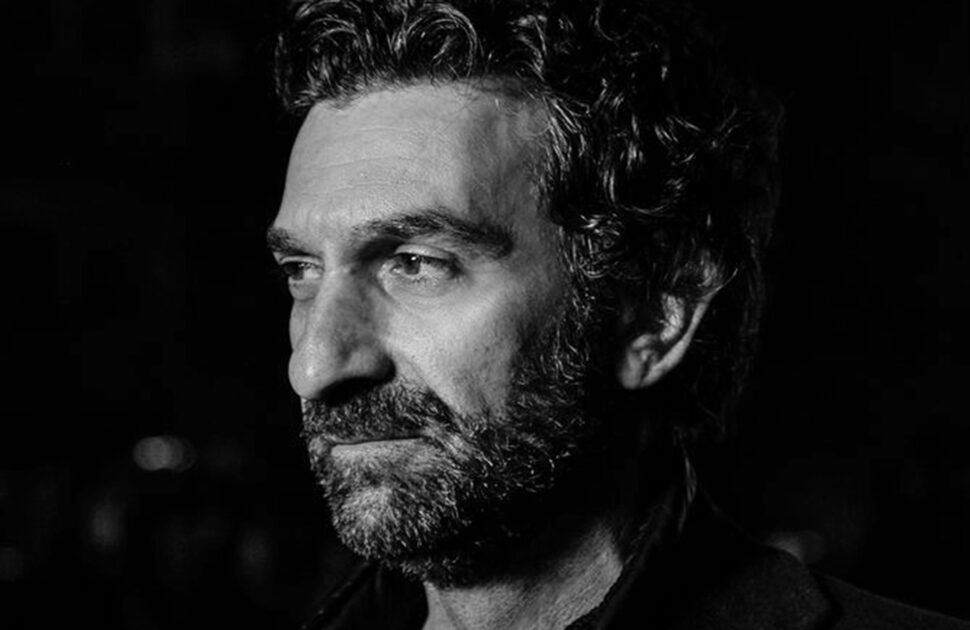
IGINIO DE LUCA
Born in Formia (LT) on August 21, 1966. Graduated in Painting in 1989 from the Academy of Fine Arts in Rome, teaches Decoration at the Academy of Fine Arts in Frosinone. He is a multifaceted artist and a musician. In recent years his poetics has focused mainly on the production of videos, photographic images, sound installations but also what he calls blitzes. Considering them to straddle the line between urban art and performance, the artist performs actions sometimes by flying over, sometimes by projecting and escaping, and sometimes by arriving at places with elements of strong disturbance and visual impact. By hybridizing ethics and aesthetics, technology and behavioral actions, Iginio reclaims interaction with the environment and the public, denouncing, between irony and commitment, the crisis of values of our time. In 2021 he is included in the book “All Boom Arte,” 10 years of Albumarte, Quodilibet editions. Edited by Cristina Dinello Cobianchi. In 2021 it is included in the book “Avanti e Indietro” by Raffaele Gavarro, Maretti editions. In 2021 he participates in the project conceived and curated by Raffaella Frascarelli (Nomas Foundation) and Sabrina Vedovotto “Roma città aperta.” In 2020 he wins the call Cantica21, Italian Contemporary Art Everywhere, called by the Ministry of Cultural Heritage (Mibact). In 2019 for Mincione Editions he publishes the book Blitz, edited by Claudio Libero Pisano. In 2018 he is invited to I Martedì Critici, Academy of Fine Arts in Rome, curated by Alberto Dambruoso and Guglielmo Gigliotti. In 2016 he published Expatrie, exhibition catalog, curated by Giorgio De Finis. at the House of Architecture, Insideart editions. In 2012 for “Level Four” editions he published VisualizzAzioni, edited by Claudio Libero Pisano.
PH. Fabio Caricchia
PROJECT TITLE FOR SEMINARYSOGNINTERRA23
“Inbandita” (with an “n”) (for Laura).
INTERVIEW
How important is the past for imagining and building the future?
My work constantly looks to the past with a soul in the present; constantly forcing these two dimensions, it leans forward to land on a familiar unknown, a possible scenario of unintended yet known solutions, a planned uncertainty; the future is the astonishing product of an uncontrolled flowing between a before and a later.
2 What are the elements you would like to/and work on further?
Not choosing future elements, this is the primary factor that gives me freedom of thought and endless possibilities without strategic foreclosures and aprioristic selections.
3 Tell me more about the work for Seminaria.
The work I will present at Seminaria, will be a sound action repeated for the three evenings of the festival. I will extrapolate with my hands the sounds from one of the tables that years ago served Laura Cionci’s collective performance; an ancient, lived-in table with many sound sedimentations inside it. My desire is to reawaken these acoustic memories and give voice again to an object that shamanically preserves the gastronomic and social lives of the people who have interacted with it over the years, up to and including Laura and her participatory work. The table will be “Inbandito,” that is, set with plates, cutlery and glasses, so that the vibrations produced and the contact of the elements produce a choral effect of acoustic resonance.
4 A project you couldn’t do but would like to do?
There are many, all pinned down and memorized; one among them will see the light of day on August 21 in Rome, on my birthday. It took me 20 years to find the right solution and the best way to communicate it. It will be a traveling journey with special images on a sailing truck to the places of memory that my mother and I have been protagonists of an intimate and touching Rome.
5 Surprising reality from behind by playing a trick on it” is how you have defined the action of the blitz that you have been operating among your artistic practices for years. Do you think, then, that today art can still have a political value also capable of operating a social denunciation?
For five years now I have not been doing blitzes but actions that are more twilight and less explicit in nature. My creative predisposition, however, has not changed: making art can mean imprinting a political and simultaneously poetic slant on a context one observes. My form of denunciation wants to be mainly soulful, endoscopic. The recent project “Tiber Expo” I think may be one of the good examples of what I am saying.
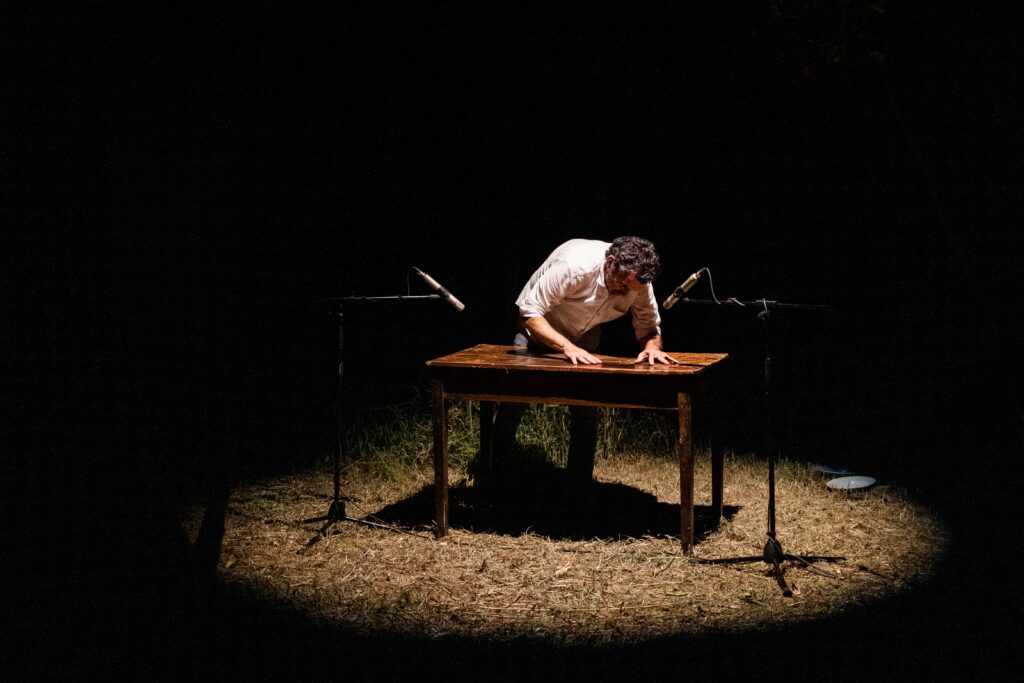
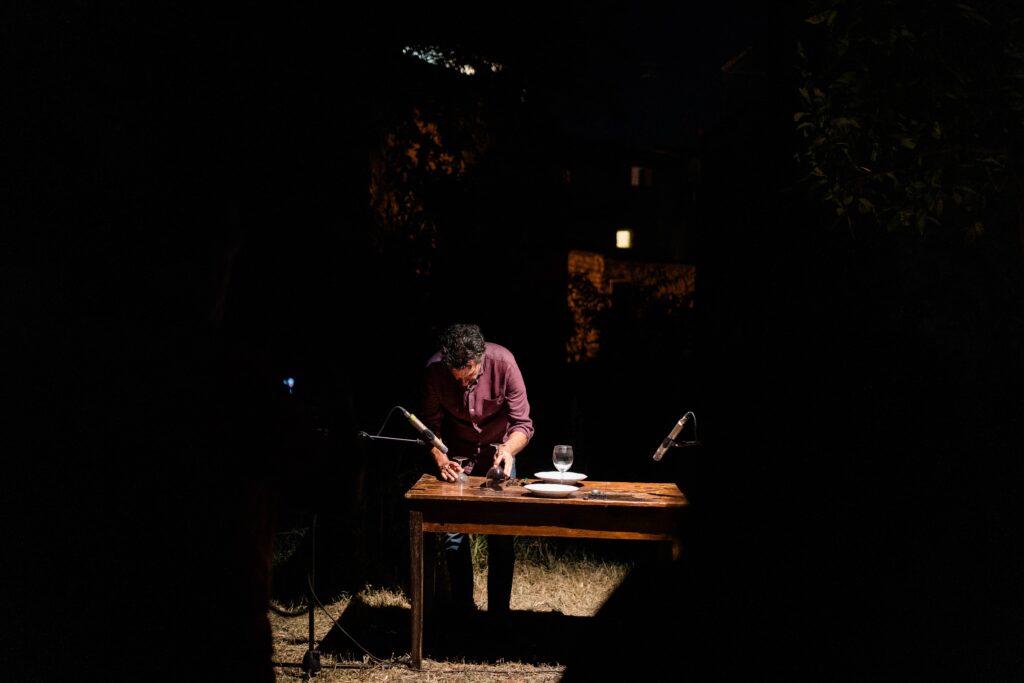
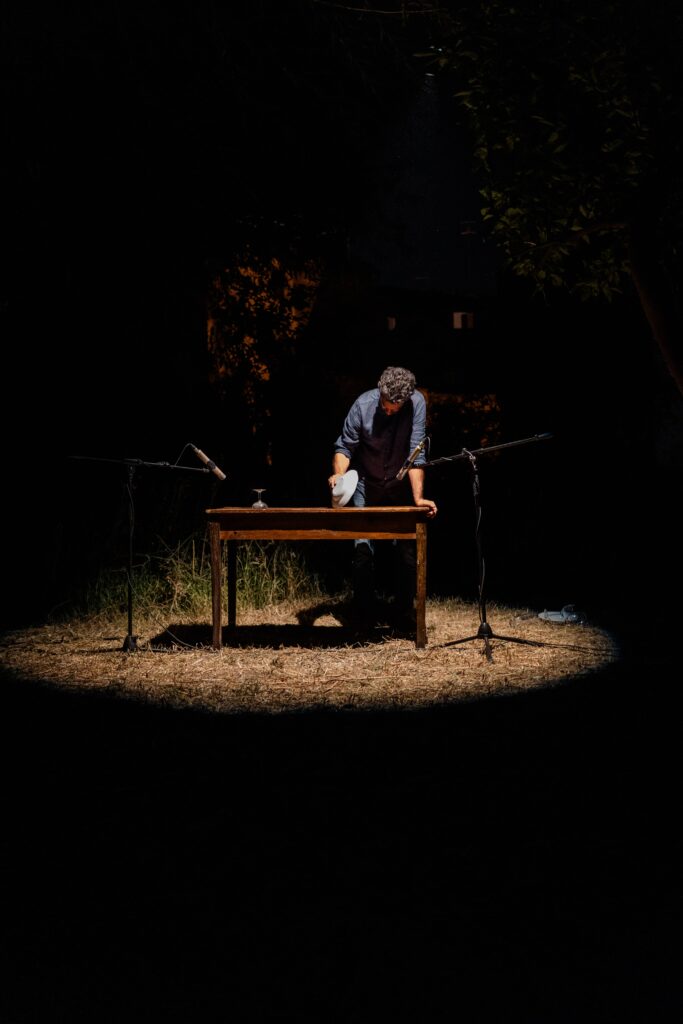
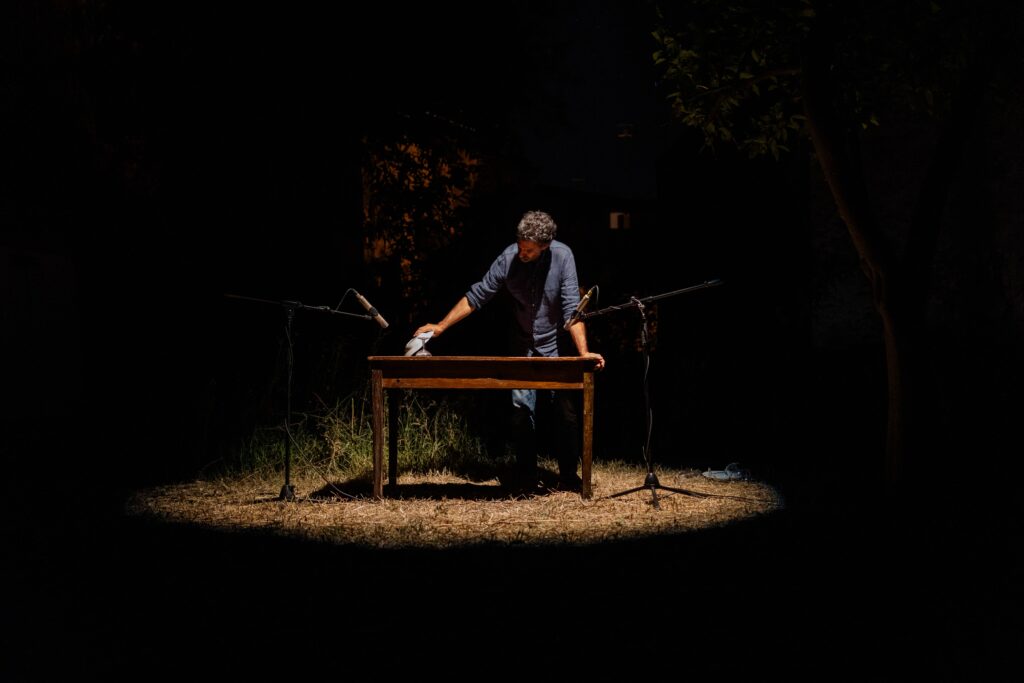
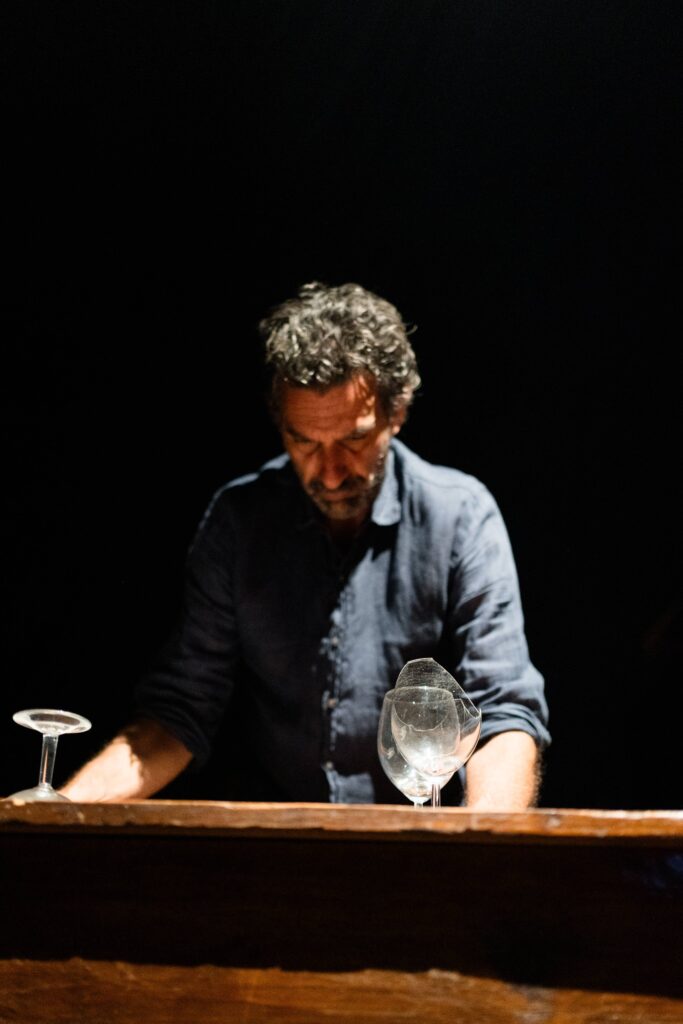
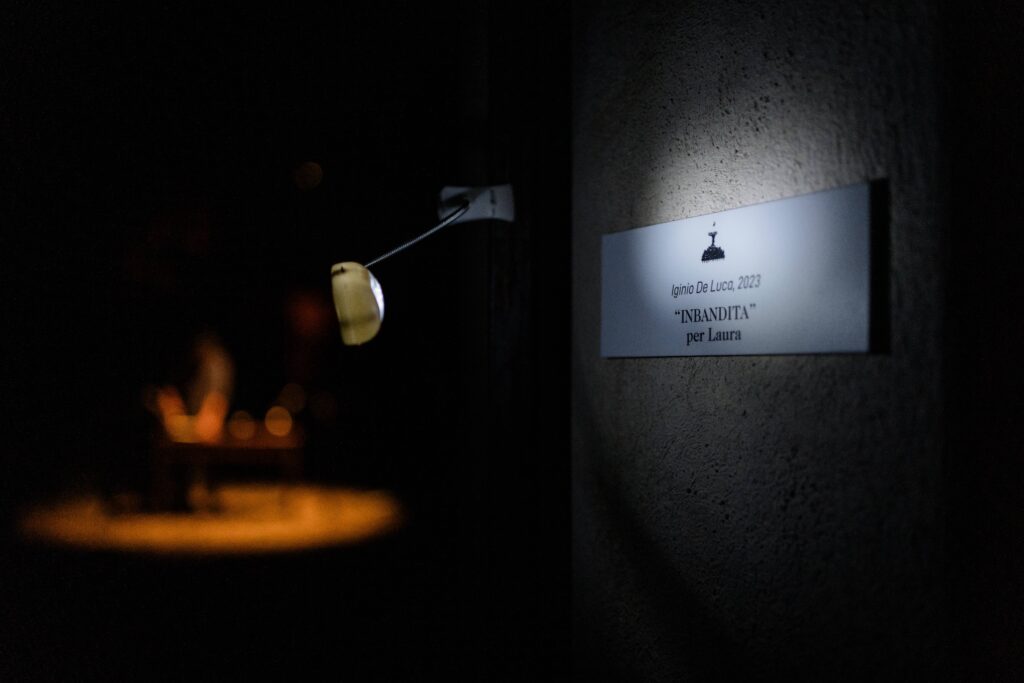
This post is also available in:
Italiano (Italian)
